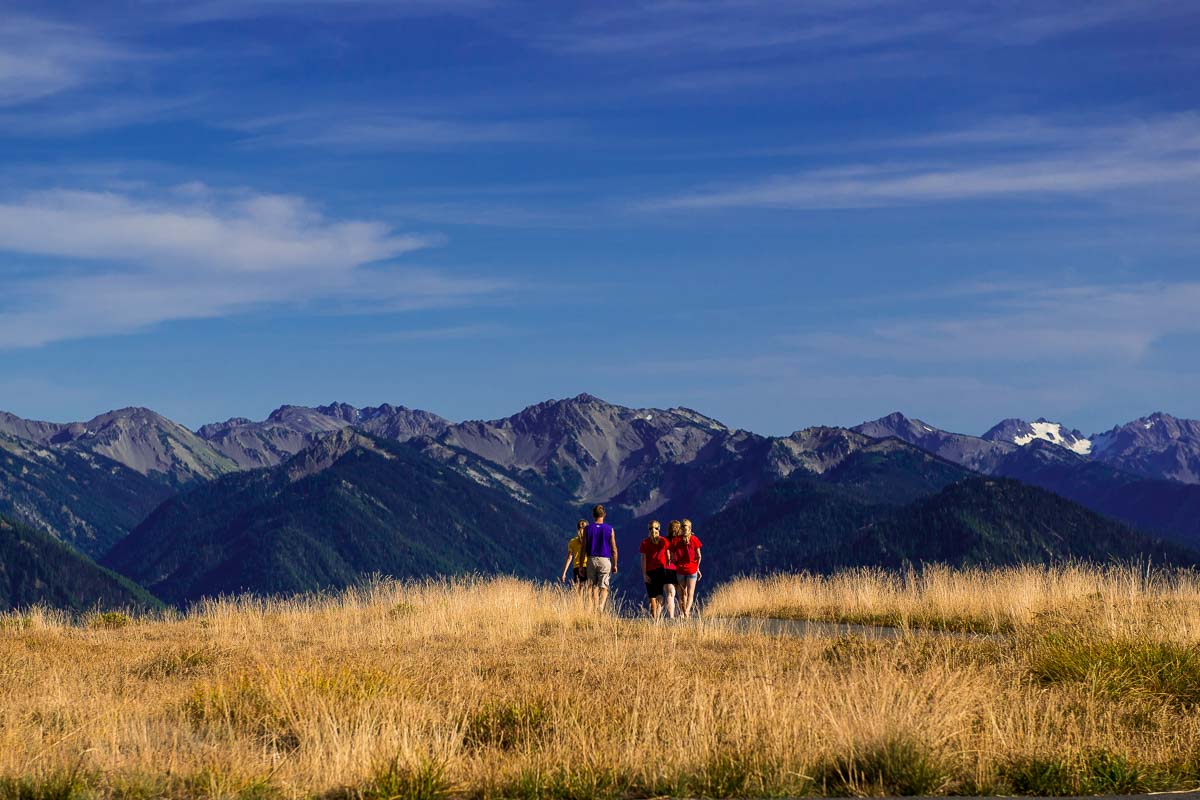
Note: As of Summer 2024, the U.S. National Park system is experiencing unprecedented traffic. Because of this some of the most popular parks, such as Yosemite, Glacier, and others, have instituted a mandatory reservation system. In short, you can't just drive into some National Parks unless you have a reservation. (Campgrounds and some wilderness hikes almost always require a reservation.) To make any National Park reservation, go to this site to see if your chosen park and/or activity requires a reservation, and if so, you can get it right there. Also, recent firings of thousands of National Park and Forest Service workers are likely to make the situation even more chaotic in 2025.
The United States National Parks have been called “America's Best Idea.” Ken Burns made a documentary by that name. We can't really argue with that. The only possible competitor is jazz music.
We have visited more than 20 of the 63 United States National Parks and our stories about our visits are linked from the list of National Parks you will find below. We have also visited some in our youth that we have not written about, e.g. Grand Canyon, Carlsbad Caverns, and Great Smoky Mountains. We hope to get back to them someday soon.
The best National Park visits are even better with a little bit of preparation. The rangers at each park are excellent recommending appropriate hiking routes for your time and ability. Be sure to check out our travel tips for hiking and our ideas for safe road trips, and you'll be ready for your outdoor adventure.
The United States is big, so you are likely on a road trip to cover distances between and within parks. We've visited National Parks with rental cars and with our own vehicle. You can search for all sorts of rental car sizes and companies with this one-stop car rental site.
Table of Contents
Frequently Asked Questions about the National Parks
How many National Parks are there?
There are 63 U.S. National Parks, including two in American Samoa and the United States Virgin Islands. There are a total of 419 sites managed by the United States National Park Service.
Which state has the most National Parks?
California has the most National Parks with nine; Alaska has eight National Parks. Utah has five; Colorado has four; Arizona, Florida, and Washington have three; Hawaii, Texas, Wyoming, and South Dakota have two. Several other states have one. In all, 30 states have National parks.
Are there states without National Parks?
Twenty states have no National Parks. States without National Parks are: Alabama, Connecticut, Delaware, Georgia, Illinois, Iowa, Kansas, Louisiana, Maryland, Massachusetts, Mississippi, Nebraska, New Hampshire, New Jersey, New York, Oklahoma, Pennsylvania, Rhode Island, Vermont, and Wisconsin.
What is the largest National Park?
The four largest National Parks are all in Alaska: Wrangell-St. Elias is the largest at more than 8 million acres (3.2 million hectares), followed by Gates of the Arctic, Denali, and Katmai. The largest park in the lower 48 states is Death Valley, at over 3.3 million acres (1.3 million hectares.) Yellowstone is second in the lower 48 at 2.2 million acres.
What is the most visited National Park?
The most visited National Park is Great Smoky Mountains National Park in North Carolina and Tennessee. Great Smoky had more than 11 million visitors in 2017. The second most visited is the Grand Canyon, in Arizona, which had more than 6 million visitors in 2017.
What is the least visited National Park?
The least visited National Park, not surprisingly, is Alaska's Gates of the Arctic, which had only a little more than 11,000 visitors in 2017. The least visited National Park in the lower 48 states is Isle Royale in Michigan (actually it's in Lake Superior between Michigan and Minnesota. It can be reached by ferry or small plane from both states.) Isle Royale is the only National Park to close completely in the winter. It had a record year for visitors in 2017, when it got more than 28,000 visits.
What are the oldest and newest National Parks?
The United States National Parks were founded in 1872 with the establishment of Yellowstone National Park. Yellowstone was the first national park in the U.S. and is also thought to be the first national park in the world.
The newest National Park in the United States is New River Gorge in West Virginia. It's the first National Park in West Virginia. It was named a National Park at the end of 2020. Before it became a National Park, New River Gorge was designated as a National River.
Before New River Gorge, the newest National Park in the United States was White Sands National Park in New Mexico. White Sands was previously a National Monument. It was authorized as a National Park in December 2019. Indiana Dunes National Park was established earlier in 2019. It was previously the Indiana Dunes National Lakeshore along Lake Michigan.
 Want more tips like these?
Want more tips like these?
Join the 3500 other travel enthusiasts getting our best advice right in their inbox. And get our 50 best travel tips sent to you right away!
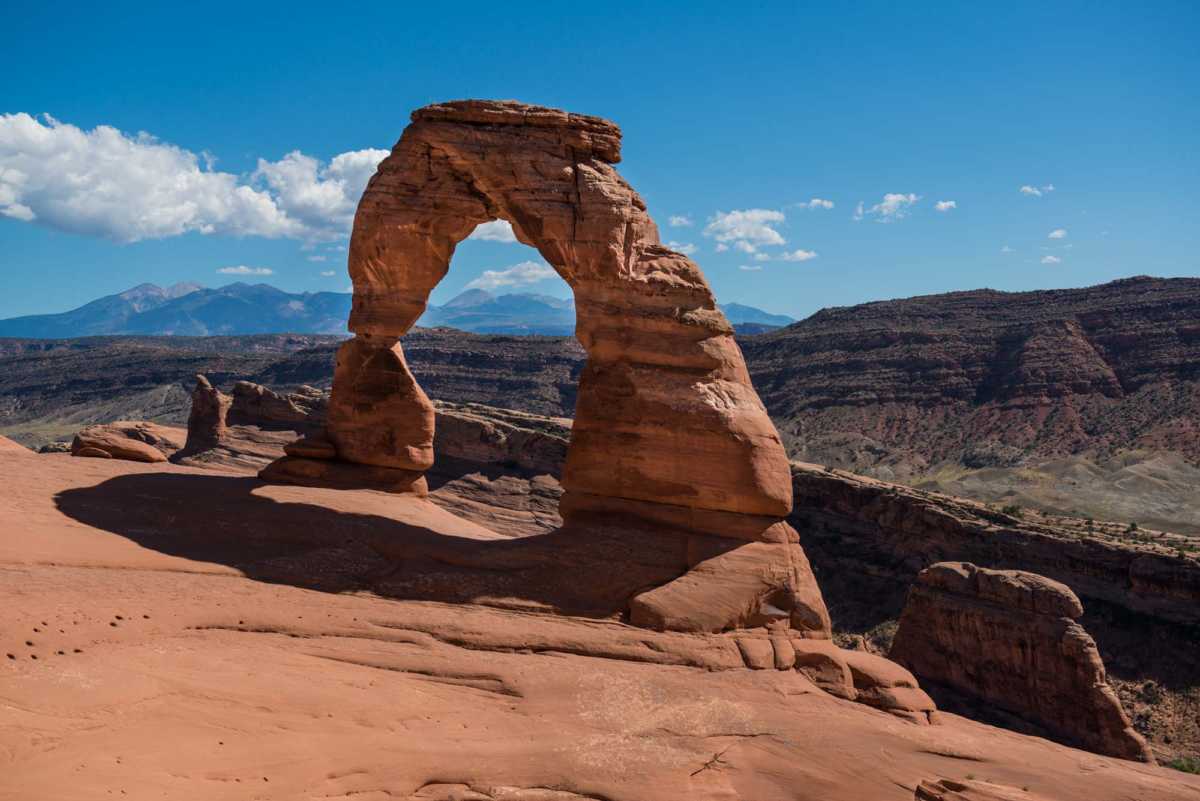
The List of United States National Parks by State
Alaska National Parks, 8
- Denali National Park and Preserve* (1917)
- Gates of the Arctic National Park (1980)
- Glacier Bay National Park* (1980)
- Katmai National Park and Preserve (1980)
- Kenai Fjords National Park (1980)
- Kobuk Valley National Park (1980)
- Lake Clark National Park (1980)
- Wrangell – St. Elias National Park and Preserve* (1980)
Arizona National Parks, 3
- Grand Canyon National Park* (1919)
- Petrified Forest National Park (1962)
- Saguaro National Park (1994)
Arkansas National Parks, 1
- Hot Springs National Park (1921)
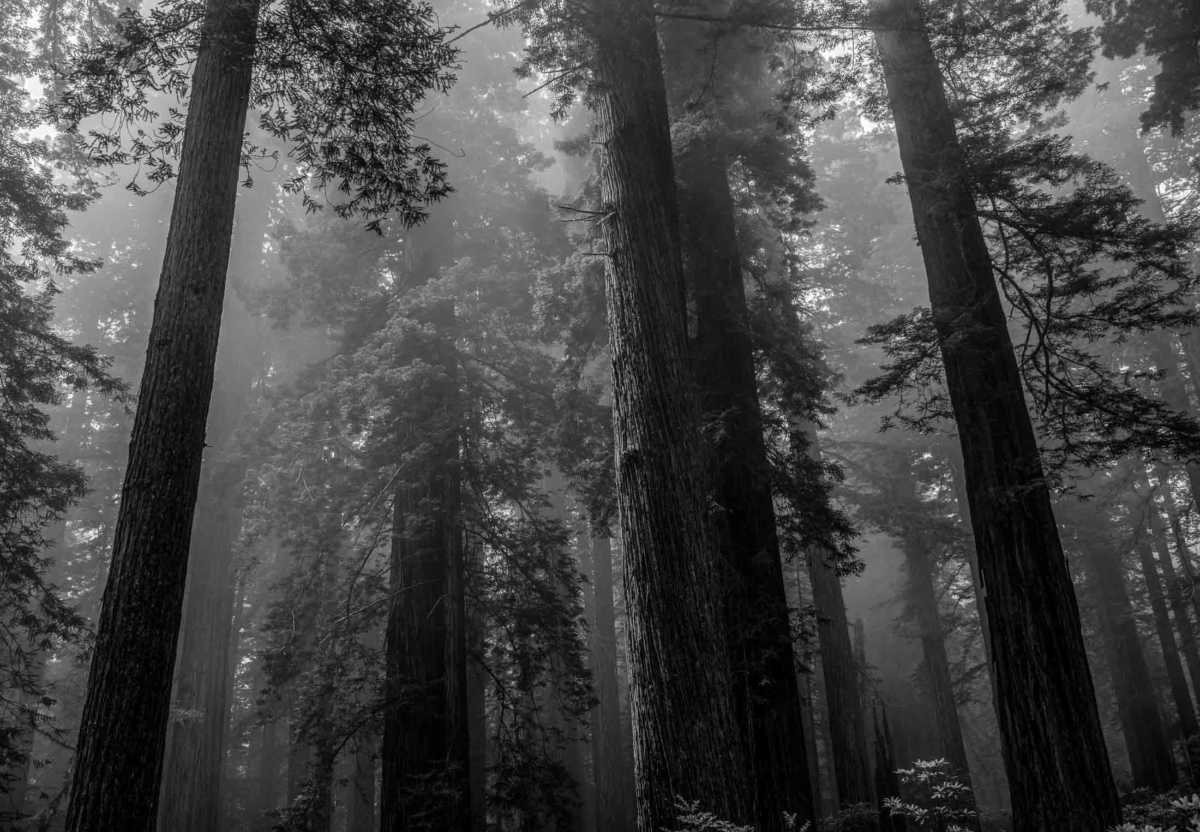
California National Parks, 9
- Channel Islands National Park (1980)
- Death Valley National Park (1994) (also partially in Nevada)
- Joshua Tree National Park (1994)
- Kings Canyon National Park (1940)
- Lassen Volcanic National Park (1916)
- Pinnacles National Park (2013)
- Redwood National Park* (1968)
- Sequoia National Park (1890)
- Yosemite National Park* (1890)
Colorado National Parks, 4
- Black Canyon of the Gunnison National Park (1999)
- Great Sand Dunes National Park and Preserve (2004)
- Mesa Verde National Park* (1906)
- Rocky Mountain National Park (1915)
Florida National Parks, 3
- Biscayne National Park (1980)
- Dry Tortugas National Park (1992)
- Everglades National Park (1934)
Hawaii National Parks, 2
- Haleakala National Park (1916)
- Hawaii Volcanoes National Park* (1916)
Indiana National Parks, 1
- Indiana Dunes National Park (2019)
Kentucky National Parks, 1
- Mammoth Cave National Park* (1941)
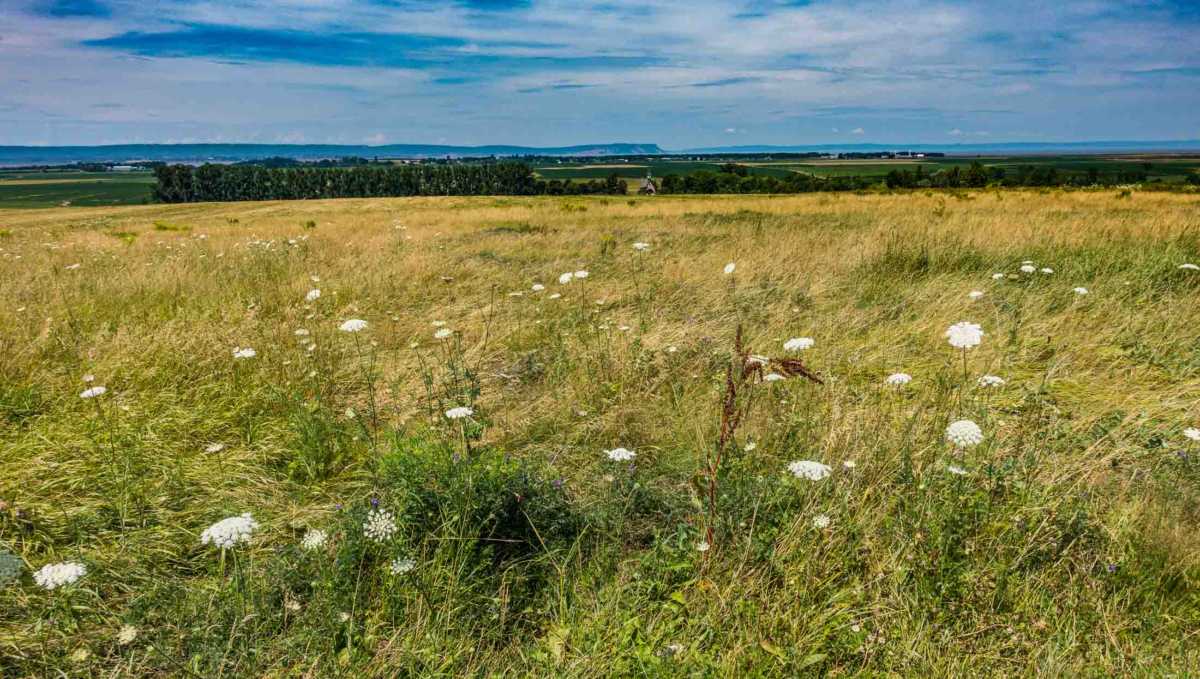
Maine National Parks, 1
- Acadia National Park (1919)
Michigan National Parks, 1
- Isle Royale National Park (1940)
Minnesota National Parks, 1
- Voyageurs National Park (1971)
Missouri National Parks, 1
- Gateway Arch National Park (2018)
Montana National Parks, 1
- Glacier National Park* (1910)
Nevada National Parks, 1
- Great Basin National Park (1986)
New Mexico National Parks, 2
- Carlsbad Caverns National Park* (1930)
- White Sands National Park (2019)
North Carolina National Parks, 1
- Great Smoky Mountains National Park* (Also in Tennessee) (1934)
North Dakota National Parks, 1
- Theodore Roosevelt National Park (1978)
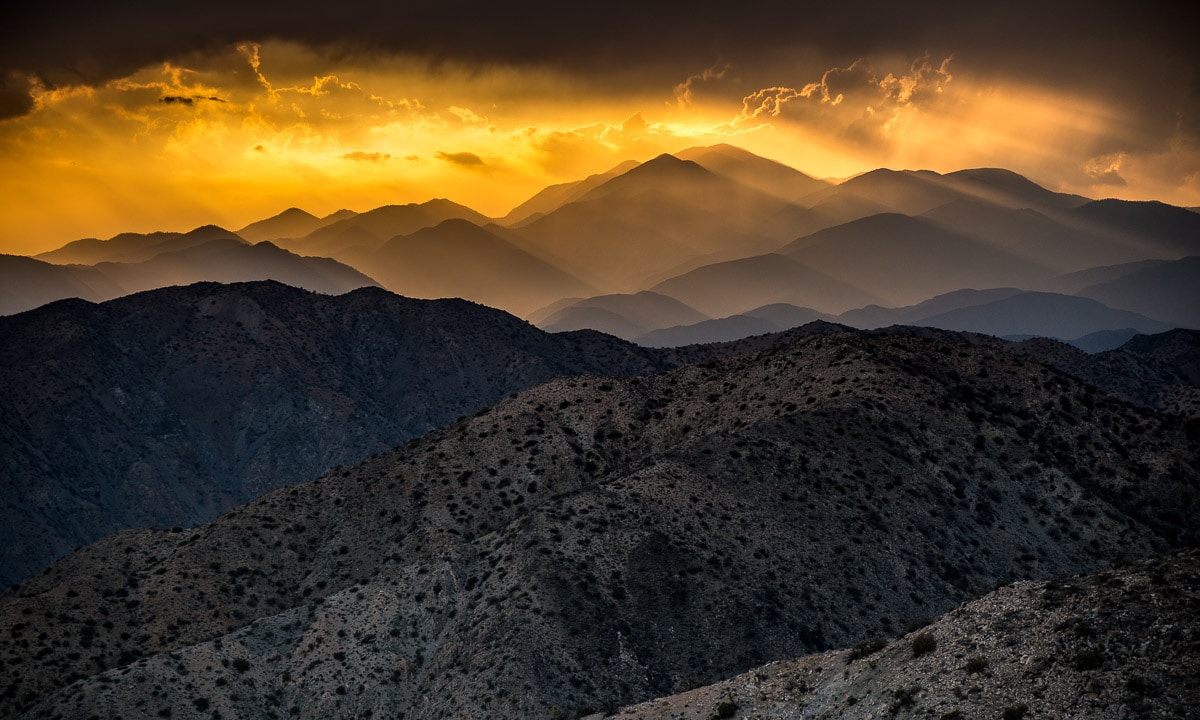
Ohio National Parks, 1
- Cuyahoga Valley National Park (2000)
Oregon National Parks, 1
- Crater Lake National Park (1902)
South Carolina National Parks, 1
- Congaree National Park (2003)
South Dakota National Parks, 2
- Badlands National Park (1978)
- Wind Cave National Park (1903)
Tennessee National Parks, 1
- Great Smoky Mountains National Park* (1934)
Texas National Parks, 2
- Big Bend National Park (1944)
- Guadalupe Mountains National Park (1966)
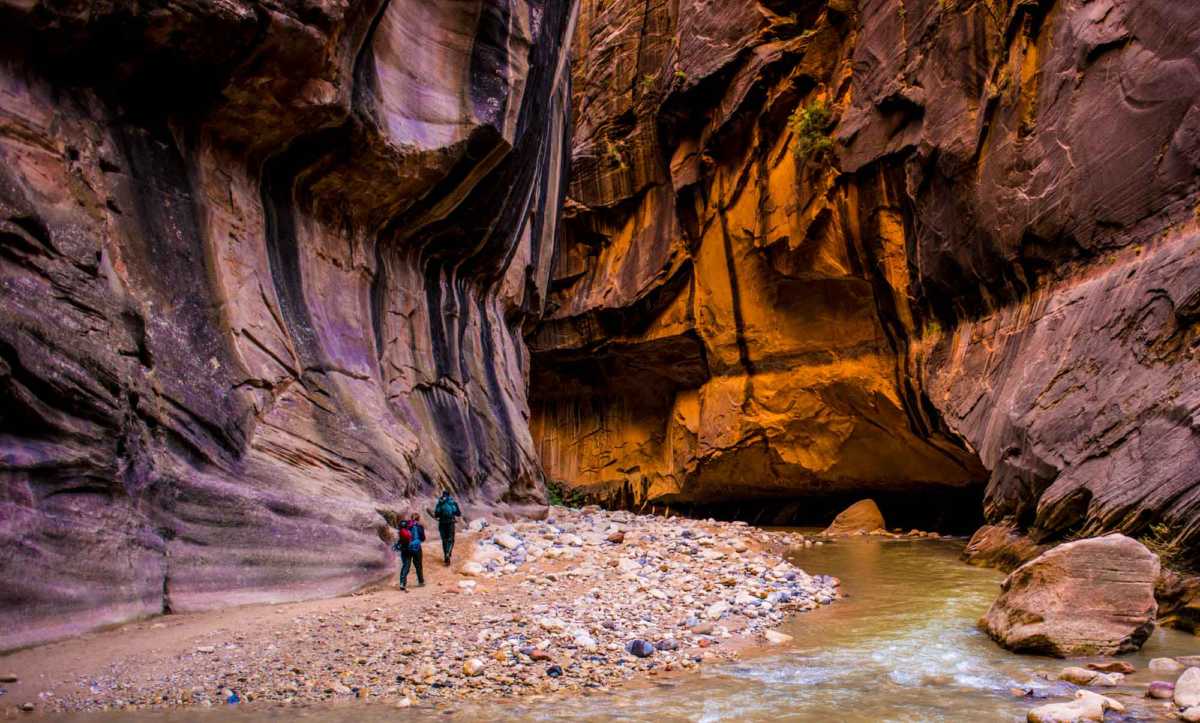
Utah National Parks, 5
- Arches National Park (1971)
- Bryce Canyon National Park (1928)
- Canyonlands National Park (1964)
- Capitol Reef National Park (1971)
- Zion National Park (1919)
Virginia National Parks, 1
- Shenandoah National Park (1935)
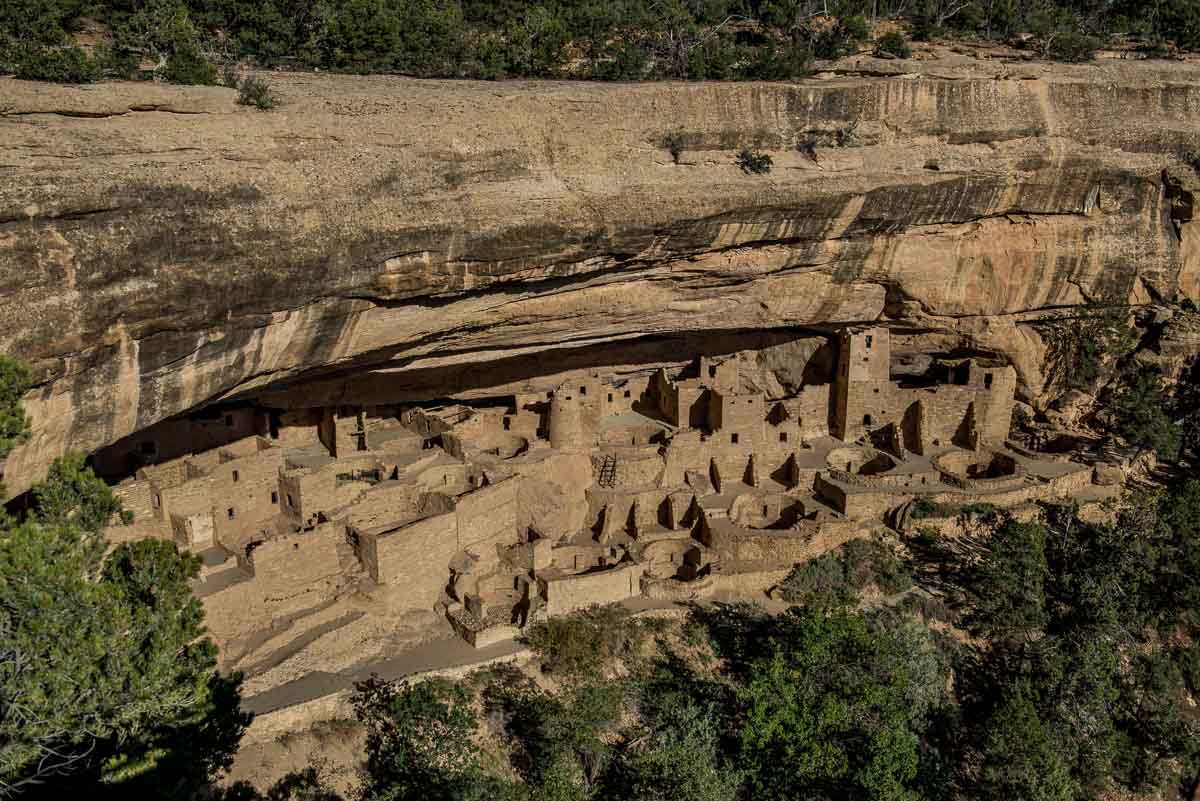
Washington National Parks, 3
- Mount Rainier National Park (1899)
- North Cascades National Park (1968)
- Olympic National Park* (1938)
West Virginia National Parks
- New River Gorge National Park (2020)
Wyoming National Parks, 2
- Grand Teton National Park (1929)
- Yellowstone National Park* (Also partially in Montana and Idaho) (1872)
National Parks Outside of the 50 States
American Samoa National Parks, 1
- National Park of American Samoa (1988)
United States Virgin Islands National Parks, 1
- Virgin Islands National Park (1966)
Park names with an asterisk* are also Unesco World Heritage Sites in the United States.
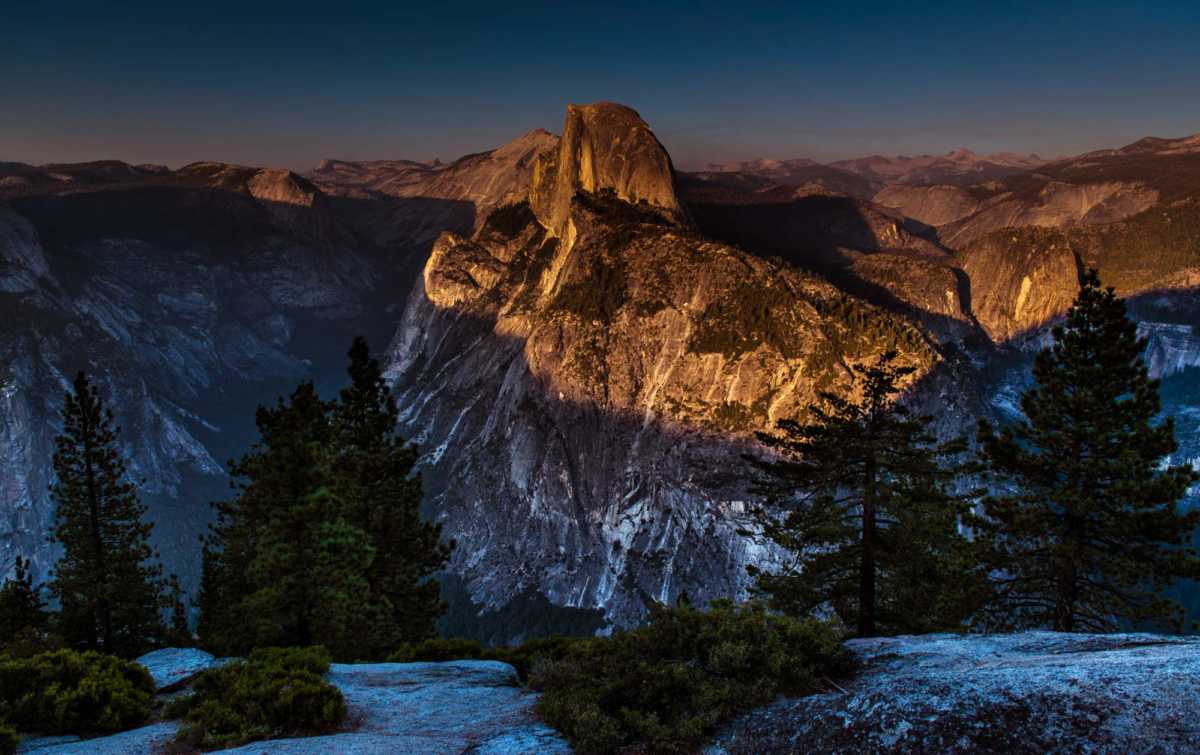
More Facts About the National Parks
The National Parks are administered by the National Park Service. An annual pass to all U.S. National Parks costs $80. Lifetime senior passes are available for all U.S. citizens and permanent residents for $80. An annual senior pass is $20. U.S. Military members and dependents are eligible for a free annual pass. For complete information on passes, click this link.
Free National Park Admission days, 2025
On six days in 2025, all National Park Service sites that charge an entrance fee will offer free admission to everyone.
- January 20: Martin Luther King, Jr. Day
- April 19: The first day of National Park Week
- June 19: Juneteenth National Independence Day
- August 4: The anniversary of the Great American Outdoors Act
- September 27: National Public Lands Day
- November 11: Veterans Day
Some National Park characteristics
Volcanoes are a recurring motif in National Parks, with the largest volcano in the world at Yellowstone National Park. Active volcanoes, or at least recently active, are at several parks, including, not surprisingly, Hawaii's Volcanoes National Park. Others where you can see volcanic activity include Yellowstone, Lassen Volcanic, Crater Lake, Mount Ranier, and several in Alaska.
Of course, the parks are the premier sites in the United States for hiking and backpacking, rock climbing, kayaking, canoeing, cross country skiing, watching wildlife such as moose, elk, bighorn sheep, black bears, and grizzly bears–if you keep your distance.
Or, if you're not into roughing it, there are often lodges in the park that are hidden gems of early 20th Century rustic luxury. Be sure to book early.
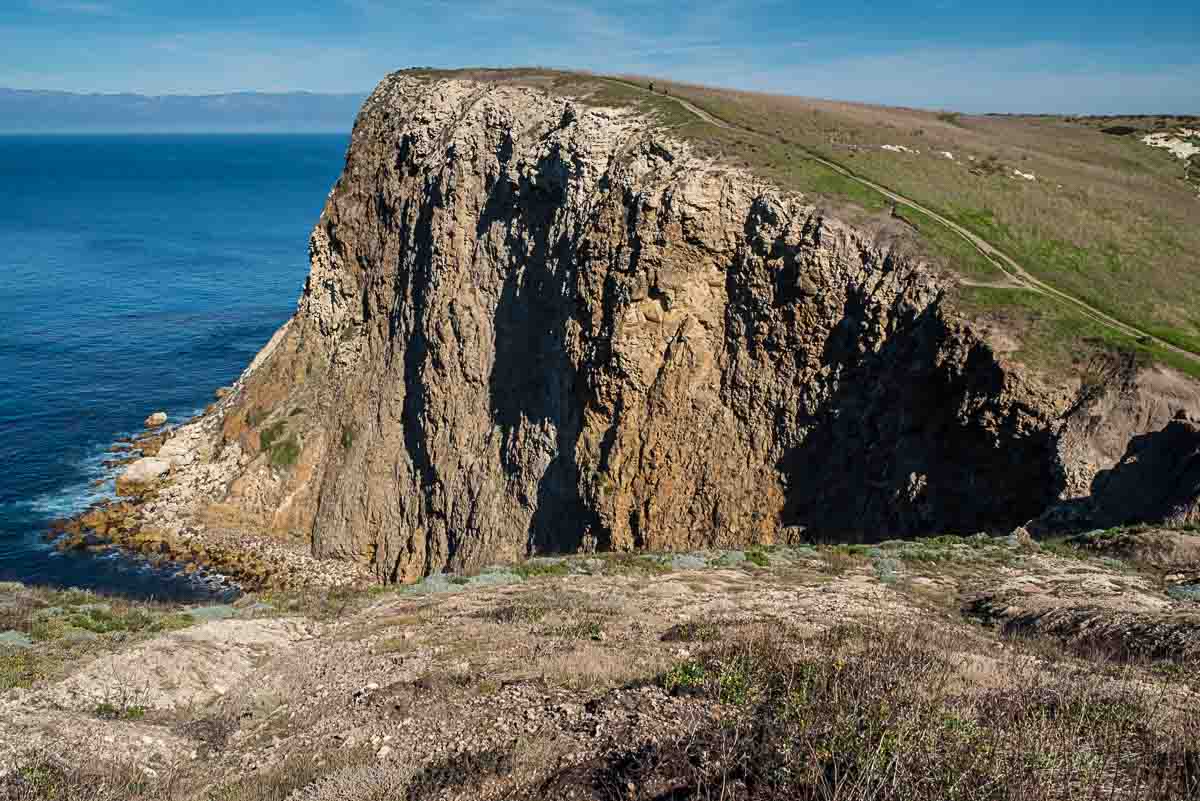
Other sites managed by the National Park Service
As of 2019, there are 419 sites in the United States that are also under the auspices of the National Park Service. Those include national monuments, battlefields, historic sites, natural sites, and recreation areas.
New York has the most National Historic Landmarks, with 274, and 116 in New York City alone.
Arizona has the most National Monuments, with 18.
There are also National Preserves. A National Preserve is a type of National Park Service protected area of the United States that has characteristics normally associated with national parks but where certain natural resource-extractive activities such as fishing, hunting, mining, and oil/gas exploration and extraction are permitted.
Also, the Bureau of Land Management, as distinct from the National Park Service, manages the federal government's nearly 700 million acres (2,800,000 km2) of subsurface mineral estate located beneath federal, state and private lands. Most Bureau of Land Management public lands are located in these 12 western states: Alaska, Arizona, California, Colorado, Idaho, Montana, Nevada, New Mexico, Oregon, Utah, Washington and Wyoming.
The United States National Parks are also supported by the National Park Foundation, which lately has had its hands full fighting against budget cuts. You might consider a donation.
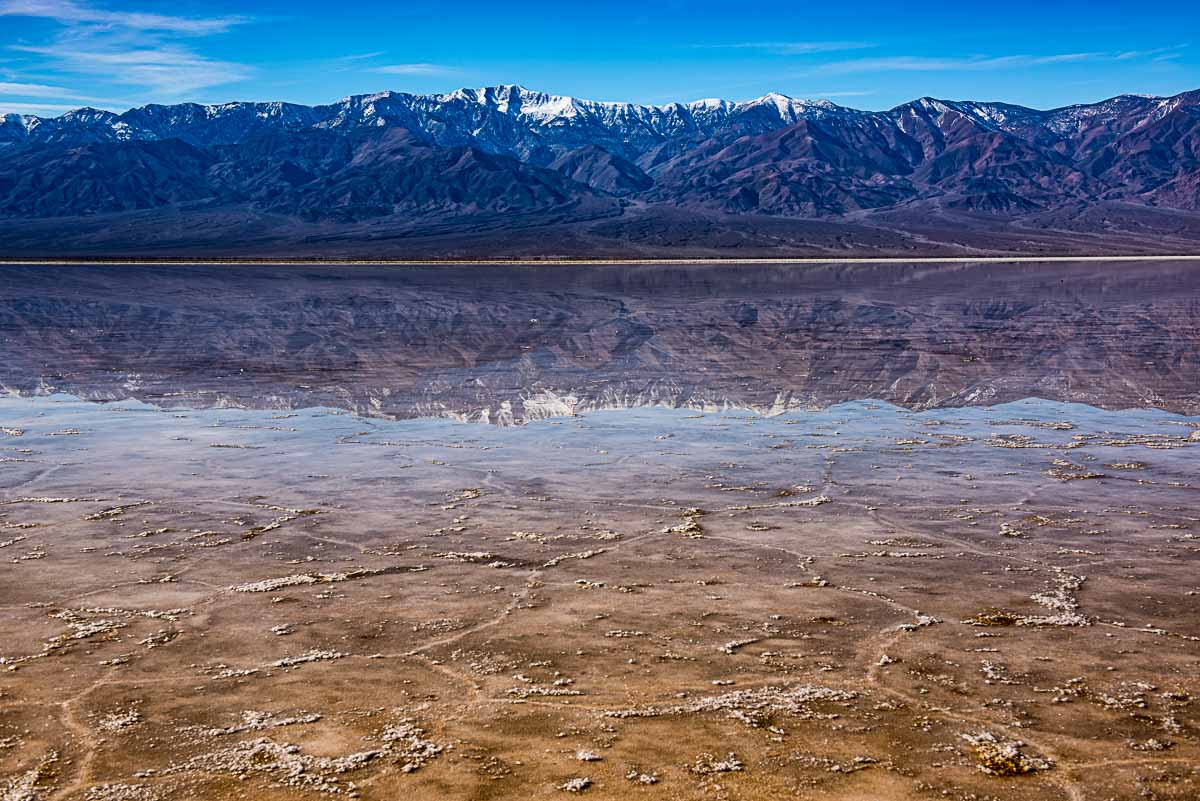
All U.S. National Park Service sites
Here is a list of all properties of all kinds managed by the United States National Park Service, indexed by state. When a property is in more than one state, it is listed under all the states it covers. The exception is the Appalachian Trail, with crosses 15 states. It is listed under its terminal states: Maine and Georgia.
Alabama
Birmingham Civil Rights National Monument
Freedom Riders National Monument
Horseshoe Bend National Military Park
Little River Canyon National Preserve
Natchez Trace National Scenic Trail, with Mississippi and Tennessee
Russell Cave National Monument
Tuskegee Airmen National Historic Site
Tuskegee Institute National Historic Site
Alaska
Alagnak Wild River
Aniakchak National Monument
Aniakchak National Preserve
Bering Land Bridge National Preserve
Cape Krusenstern National Monument
Denali National Park
Denali National Preserve
Gates of the Arctic National Park
Gates of the Arctic National Preserve
Glacier Bay National Park
Glacier Bay National Preserve
Katmai National Park
Katmai National Preserve
Kenai Fjords National Park
Klondike Gold Rush National Historical Park, with Washington
Kobuk Valley National Park
Lake Clark National Park
Lake Clark National Preserve
Noatak National Preserve
Sitka National Historical Park
Wrangell-St. Elias National Park
Wrangell-St. Elias National Preserve
Yukon-Charley Rivers National Preserve
Klondike Gold Rush National Historical Park, with Washington
American Samoa
National Park of American Samoa
Arizona
Canyon de Chelly National Monument
Casa Grande Ruins National Monument
Chiricahua National Monument
Coronado National Memorial
Fort Bowie National Historic Site
Glen Canyon National Recreation Area, with Utah
Grand Canyon National Park
Hohokam Pima National Monument
Hubbell Trading Post National Historic Site
Lake Mead National Recreation Area, with Nevada
Montezuma Castle National Monument
Navajo National Monument
Organ Pipe Cactus National Monument
Petrified Forest National Park
Pipe Spring National Monument
Saguaro National Park
Sunset Crater Volcano National Monument
Tonto National Monument
Tumacá1cori National Historical Park
Tuzigoot National Monument
Walnut Canyon National Monument
Wupatki National Monument
Arkansas
Arkansas Post National Memorial
Buffalo National River
Hot Springs National Park
Little Rock Central High School National Historic Site
Pea Ridge National Military Park
President William Jefferson Clinton Birthplace Home National Historic Site
Fort Smith National Historic Site, with Oklahoma
California
César E. Chávez National Monument
Cabrillo National Monument
Castle Mountains National Monument
Channel Islands National Park
Devils Postpile National Monument
Eugene O'Neill National Historic Site
Fort Point National Historic Site
Golden Gate National Recreation Area
John Muir National Historic Site
Joshua Tree National Park
Kings Canyon National Park
Lassen Volcanic National Park
Lava Beds National Monument
Manzanar National Historic Site
Mojave National Preserve
Muir Woods National Monument
Pinnacles National Park
Point Reyes National Seashore
Port Chicago Naval Magazine National Memorial
Redwood National Park
Rosie the Riveter/World War II Home Front National Historical Park
San Francisco Maritime National Historical Park
Santa Monica Mountains National Recreation Area
Sequoia National Park
Tule Lake National Monument
Whiskeytown-Shasta-Trinity National Recreation Area
Yosemite National Park
Death Valley National Park, with Nevada
Colorado
Bent's Old Fort National Historic Site
Black Canyon of the Gunnison National Park
Colorado National Monument
Curecanti National Recreation Area
Dinosaur National Monument, with Utah
Florissant Fossil Beds National Monument
Great Sand Dunes National Park
Great Sand Dunes National Preserve
Hovenweep National Monument, with Utah
Mesa Verde National Park
Rocky Mountain National Park
Sand Creek Massacre National Historic Site
Yucca House National Monument
Connecticut
Weir Farm National Historic Site
Delaware
First State National Historical Park
District of Columbia
Belmont-Paul Women's Equality National Monument
Carter G. Woodson Home National Historic Site
Chesapeake and Ohio Canal National Historical Park, with Maryland and West Virginia
Constitution Gardens
Ford's Theatre National Historic Site
Franklin Delano Roosevelt Memorial
Frederick Douglass National Historic Site
George Washington Memorial Parkway, with Maryland and Virginia
Korean War Veterans Memorial
Lincoln Memorial
Lyndon Baines Johnson Memorial Grove on the Potomac
Martin Luther King Jr. Memorial
Mary McLeod Bethune Council House National Historic Site
National Capital Parks – East
National Mall and Memorial Parks
Pennsylvania Avenue National Historic Site
Potomac Heritage National Scenic Trail, with Pennsylvania and Virginia
Rock Creek Park
Theodore Roosevelt Island
Thomas Jefferson Memorial
Vietnam Veterans Memorial
Washington Monument
White House
World War I Memorial
World War II Memorial
Florida
Big Cypress National Preserve
Biscayne National Park
Canaveral National Seashore
Castillo de San Marcos National Monument
De Soto National Memorial
Dry Tortugas National Park
Everglades National Park
Fort Caroline National Memorial
Fort Matanzas National Monument
Gulf Islands National Seashore, with Mississippi
Timucuan Ecological and Historic Preserve
Georgia
Andersonville National Historic Site
Appalachian National Scenic Trail, to Maine (14 states)
Chattahoochee River National Recreation Area
Chickamauga and Chattanooga National Military Park, with Tennessee
Cumberland Island National Seashore
Fort Frederica National Monument
Fort Pulaski National Monument
Jimmy Carter National Historic Site
Kennesaw Mountain National Battlefield Park
Martin Luther King, Jr. National Historical Park
Ocmulgee Mounds National Historical Park
Guam
War in the Pacific National Historical Park
Hawaii
Haleakala National Park
Hawai'i Volcanoes National Park
Honouliuli National Historic Site
Kalaupapa National Historical Park
Kaloko-Honokohau National Historical Park
Pearl Harbor National Memorial
Pu'uhonua o Honaunau National Historical Park
Pu'ukohola Heiau National Historic Site
Idaho
City of Rocks National Reserve
Craters of the Moon National Monument
Craters of the Moon National Preserve
Hagerman Fossil Beds National Monument
Minidoka National Historic Site
Nez Perce National Historical Park, with Montana, Oregon, Washington
Yellowstone National Park, with Montana, Wyoming
Illinois
Gateway Arch National Park, with Missouri
Lincoln Home National Historic Site
Pullman National Monument
Indiana
George Rogers Clark National Historical Park
Indiana Dunes National Park
Lincoln Boyhood National Memorial
Iowa
Effigy Mounds National Monument
Herbert Hoover National Historic Site
Kansas
Brown v. Board of Education National Historic Site
Fort Larned National Historic Site
Fort Scott National Historic Site
Nicodemus National Historic Site
Tallgrass Prairie National Preserve
Kentucky
Abraham Lincoln Birthplace National Historical Park
Big South Fork National River and Recreation Area, with Tennessee
Camp Nelson National Monument
Cumberland Gap National Historical Park, with Tennessee and Virginia
Fort Donelson National Battlefield, with Tennessee
Mammoth Cave National Park
Louisiana
Cane River Creole National Historical Park
Jean Lafitte National Historical Park and Preserve
New Orleans Jazz National Historical Park
Poverty Point National Monument
Vicksburg National Military Park, with Mississippi
Maine
Acadia National Park
Appalachian National Scenic Trail, to Georgia (14 states)
Katahdin Woods and Waters National Monument
Saint Croix Island International Historic Site
Maryland
Antietam National Battlefield
Assateague Island National Seashore, with Virginia
Catoctin Mountain Park
Chesapeake and Ohio Canal National Historical Park, with D.C. and West Virginia
Clara Barton National Historic Site
Fort McHenry National Monument and Historic Shrine
Fort Washington Park
George Washington Memorial Parkway, with D.C. and Virginia
Greenbelt Park
Hampton National Historic Site
Harpers Ferry National Historical Park, with Virginia and West Virginia
Harriet Tubman Underground Railroad National Historical Park
Monocacy National Battlefield
Piscataway Park
Thomas Stone National Historic Site
Massachusetts
Adams National Historical Park
Boston African American National Historic Site
Boston Harbor Islands National Recreation Area
Boston National Historical Park
Cape Cod National Seashore
Frederick Law Olmsted National Historic Site
John Fitzgerald Kennedy National Historic Site
Longfellow House – Washington's Headquarters National Historic Site
Lowell National Historical Park
Minute Man National Historical Park
New Bedford Whaling National Historical Park
Salem Maritime National Historic Site
Saugus Iron Works National Historic Site
Springfield Armory National Historic Site
Michigan
Isle Royale National Park
Keweenaw National Historical Park
Pictured Rocks National Lakeshore
River Raisin National Battlefield Park
Sleeping Bear Dunes National Lakeshore
Minnesota
Grand Portage National Monument
Mississippi National River and Recreation Areas
Pipestone National Monument
Saint Croix National Scenic Riverway, with Wisconsin
Voyageurs National Park
Mississippi
Brices Cross Roads National Battlefield Site
Gulf Islands National Seashore, with Florida
Natchez National Historical Park
Natchez Trace Parkway
Natchez Trace National Scenic Trail, with Alabama and Tennessee
Tupelo National Battlefield
Vicksburg National Military Park, also with Louisiana
Missouri
Gateway Arch National Park, with Illinois
George Washington Carver National Monument
Harry S Truman National Historic Site
Ozark National Scenic Riverways
Ulysses S. Grant National Historic Site
Wilson's Creek National Battlefield
Montana
Big Hole National Battlefield
Bighorn Canyon National Recreation Area, with Wyoming
Fort Union Trading Post National Historic Site, with North Dakota
Glacier National Park
Grant-Kohrs Ranch National Historic Site
Little Bighorn Battlefield National Monument
Nez Perce National Historical Park, with Idaho, Oregon, Washington
Yellowstone National Park, with Idaho, Wyoming
Nebraska
Agate Fossil Beds National Monument
Homestead National Monument of America
Missouri National Recreational River, with South Dakota
Niobrara National Scenic River
Scotts Bluff National Monument
Nevada
Death Valley National Park, with California
Great Basin National Park
Lake Mead National Recreation Area, with Arizona
Tule Springs Fossil Beds National Monument
New Hampshire
Saint-Gaudens National Historical Park
New Jersey
Delaware National Scenic River, with New York, Pennsylvania
Delaware Water Gap National Recreation Area, with Pennsylvania
Gateway National Recreation Area, with New York
Great Egg Harbor National Scenic and Recreational River
Morristown National Historical Park
Paterson Great Falls National Historical Park
Statue of Liberty National Monument, with New York
Thomas Edison National Historical Park
New Mexico
Aztec Ruins National Monument
Bandelier National Monument
Capulin Volcano National Monument
Carlsbad Caverns National Park
Chaco Culture National Historical Park
El Malpais National Monument
El Morro National Monument
Fort Union National Monument
Gila Cliff Dwellings National Monument
Manhattan Project National Historical Park, with Tennessee, Washington
Pecos National Historical Park
Petroglyph National Monument
Salinas Pueblo Missions National Monument
Valles Caldera National Preserve
White Sands National Park
New York
African Burial Ground National Monument
Castle Clinton National Monument
Delaware National Scenic River, with New Jersey, Pennsylvania
Eleanor Roosevelt National Historic Site
Federal Hall National Memorial
Fire Island National Seashore
Fort Stanwix National Monument
Gateway National Recreation Area, with New Jersey
General Grant National Memorial
Governors Island National Monument
Hamilton Grange National Memorial
Harriet Tubman National Historical Park
Home of Franklin D. Roosevelt National Historic Site
Martin Van Buren National Historic Site
Sagamore Hill National Historic Site
Saint Paul's Church National Historic Site
Saratoga National Historical Park
Statue of Liberty National Monument, with New Jersey
Stonewall National Monument
Theodore Roosevelt Birthplace National Historic Site
Theodore Roosevelt Inaugural National Historic Site
Upper Delaware Scenic and Recreational River, with Pennsylvania
Vanderbilt Mansion National Historic Site
Women's Rights National Historical Park
North Carolina
Blue Ridge Parkway, with Virginia
Cape Hatteras National Seashore
Cape Lookout National Seashore
Carl Sandburg Home National Historic Site
Fort Raleigh National Historic Site
Great Smoky Mountains National Park, with Tennessee
Guilford Courthouse National Military Park
Moores Creek National Battlefield
Wright Brothers National Memorial
North Dakota
Fort Union Trading Post National Historic Site, with Montana
Knife River Indian Villages National Historic Site
Theodore Roosevelt National Park
Ohio
Charles Young Buffalo Soldiers National Monument
Cuyahoga Valley National Park
Dayton Aviation Heritage National Historical Park
First Ladies National Historic Site
Hopewell Culture National Historical Park
James A. Garfield National Historic Site
Perry's Victory and International Peace Memorial
William Howard Taft National Historic Site
Oklahoma
Chickasaw National Recreation Area
Fort Smith National Historic Site, with Arkansas
Washita Battlefield National Historic Site
Oregon
Crater Lake National Park
John Day Fossil Beds National Monument
Lewis and Clark National Historical Park, with Washington
Nez Perce National Historical Park, with Montana, Idaho, Washington
Oregon Caves National Monument and Preserve
Pennsylvania
Allegheny Portage Railroad National Historic Site
Delaware National Scenic River, with New York, New Jersey
Delaware Water Gap National Recreation Area, with New Jersey
Edgar Allan Poe National Historic Site
Eisenhower National Historic Site
Flight 93 National Memorial
Fort Necessity National Battlefield
Friendship Hill National Historic Site
Gettysburg National Military Park
Hopewell Furnace National Historic Site
Independence National Historical Park
Johnstown Flood National Memorial
Potomac Heritage National Scenic Trail, with D.C. and Virginia
Steamtown National Historic Site
Thaddeus Kosciuszko National Memorial
Upper Delaware Scenic and Recreational River, with New York
Valley Forge National Historical Park
Puerto Rico
San Juan National Historic Site
Rhode Island
Blackstone River Valley National Historical Park
Roger Williams National Memorial
South Carolina
Charles Pinckney National Historic Site
Congaree National Park
Cowpens National Battlefield
Fort Sumter and Fort Moultrie National Historical Park
Kings Mountain National Military Park
Ninety Six National Historic Site
Reconstruction Era National Historical Park
South Dakota
Badlands National Park
Jewel Cave National Monument
Minuteman Missile National Historic Site
Missouri National Recreational River, with Nebraska
Mount Rushmore National Memorial
Wind Cave National Park
Tennessee
Big South Fork National River and Recreation Area, with Kentucky
Andrew Johnson National Historic Site
Chickamauga and Chattanooga National Military Park, with Georgia
Cumberland Gap National Historical Park, with Kentucky and Virginia
Fort Donelson National Battlefield, with Kentucky
Great Smoky Mountains National Park, with North Carolina
Manhattan Project National Historical Park, with New Mexico, Washington
Natchez Trace National Scenic Trail, with Alabama and Mississippi
Obed Wild and Scenic River
Shiloh National Military Park
Stones River National Battlefield
Texas
Alibates Flint Quarries National Monument
Amistad National Recreation Area
Big Bend National Park
Big Thicket National Preserve
Chamizal National Memorial
Fort Davis National Historic Site
Guadalupe Mountains National Park
Lake Meredith National Recreation Area
Lyndon B. Johnson National Historical Park
Padre Island National Seashore
Palo Alto Battlefield National Historical Park
Rio Grande Wild and Scenic River
San Antonio Missions National Historical Park
Waco Mammoth National Monument
Utah
Arches National Park
Bryce Canyon National Park
Canyonlands National Park
Capitol Reef National Park
Cedar Breaks National Monument
Dinosaur National Monument, with Colorada
Glen Canyon National Recreation Area, with Arizona
Golden Spike National Historical Park
Hovenweep National Monument, with Colorada
Natural Bridges National Monument
Rainbow Bridge National Monument
Timpanogos Cave National Monument
Zion National Park
Vermont
Marsh-Billings-Rockefeller National Historical Park
Virgin Islands
Buck Island Reef National Monument
Christiansted National Historic Site
Salt River Bay National Historical Park and Ecological Preserve
Virgin Islands Coral Reef National Monument
Virgin Islands National Park
Virginia
Appomattox Court House National Historical Park
Arlington House, The Robert E. Lee Memorial
Assateague Island National Seashore, with Maryland
Blue Ridge Parkway, with West Virginia
Booker T. Washington National Monument
Cedar Creek and Belle Grove National Historical Park
Colonial National Historical Park
Cumberland Gap National Historical Park, with Tennessee and Kentucky
Fort Monroe National Monument
Fredericksburg and Spotsylvania County Battlefields Memorial National Military Park
George Washington Birthplace National Monument
George Washington Memorial Parkway, with Maryland and D.C.
Harpers Ferry National Historical Park, with Maryland and West Virginia
Maggie L. Walker National Historic Site
Manassas National Battlefield Park
Petersburg National Battlefield
Potomac Heritage National Scenic Trail, with Pennsylvania and D.C.
Prince William Forest Park
Richmond National Battlefield Park
Shenandoah National Park
Wolf Trap National Park for the Performing Arts
Washington
Ebey's Landing National Historical Reserve
Fort Vancouver National Historic Site
Klondike Gold Rush National Historical Park, with Alaska
Lake Chelan National Recreation Area
Lake Roosevelt National Recreation Area
Lewis and Clark National Historical Park, with Oregon
Manhattan Project National Historical Park, with New Mexico, Washington
Mount Rainier National Park
Nez Perce National Historical Park, with Montana, Oregon, Idaho
North Cascades National Park
Olympic National Park
Ross Lake National Recreation Area
San Juan Island National Historical Park
Whitman Mission National Historic Site
West Virginia
Bluestone National Scenic River
Chesapeake and Ohio Canal National Historical Park, with Maryland and D.C.
Gauley River National Recreation Area
Harpers Ferry National Historical Park, with Virginia and Virginia
New River Gorge National Park
Wisconsin
Apostle Islands National Lakeshore
Saint Croix National Scenic Riverway, with Minnesota
Wyoming
Bighorn Canyon National Recreation Area, with Montana
Devils Tower National Monument
Fort Laramie National Historic Site
Fossil Butte National Monument
Grand Teton National Park
John D. Rockefeller, Jr. Memorial Parkway
Yellowstone National Park, with Idaho, Wyoming
Here's the U.S. National Park Service's list of all administered sites.
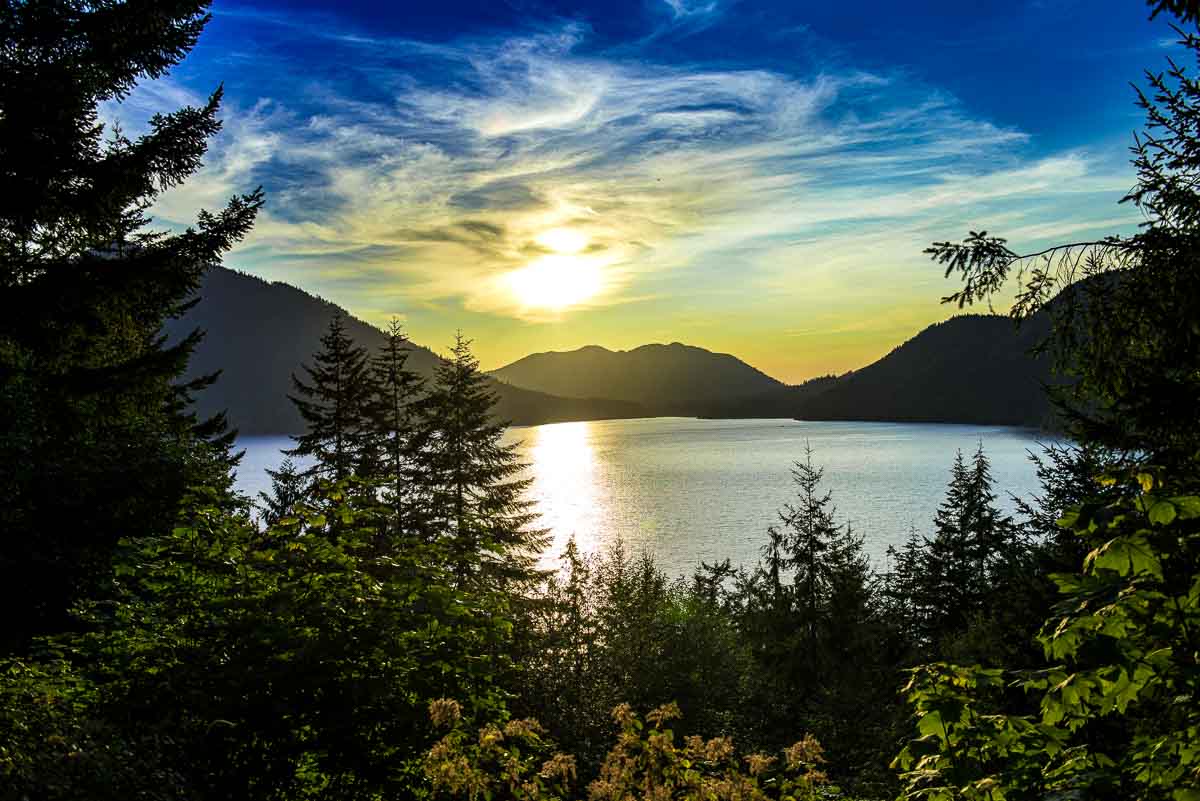
More on the U.S. National Parks
Here is a story about our driving trip to several Western and West Coast National Parks in 2015. We haven't visited any East Coast National Parks. We hope to remedy that soon. Also, we have never been to Alaska. In fact, that's the only state that Kris and I have never been to. Alaska is in our plans for 2020.
Of course, the United States got it started, but there are plenty of other countries which now have national parks. We've visited a few of those, too.
Get a US tourist visa from Dubai.
Up Your Travel Skills
Looking to book your next trip? Use these resources that are tried and tested by us. First, to get our best travel tips, sign up for our email newsletter. Then, be sure to start your reading with our Resources Page where we highlight all the great travel companies and products that we trust. Travel Accessories: Check out our list of all the accessories we carry to make getting there and being there a lot easier. Credit Cards: See our detailed post on how to choose the right travel rewards credit card for you. Flights: Start finding the very best flight deals by subscribing to Thrifty Traveler. Book your Hotel: Find the best prices on hotels with Booking.com. See all of the gear and books we like in one place on our Amazon shop.Got a comment on this post? Join the conversation on Facebook, Instagram, or Threads and share your thoughts!

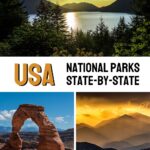

Comments are closed.